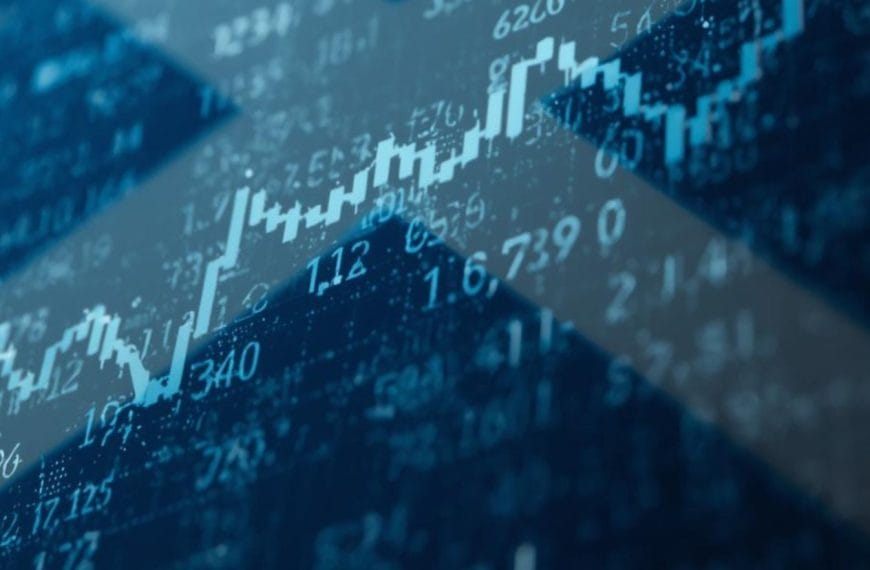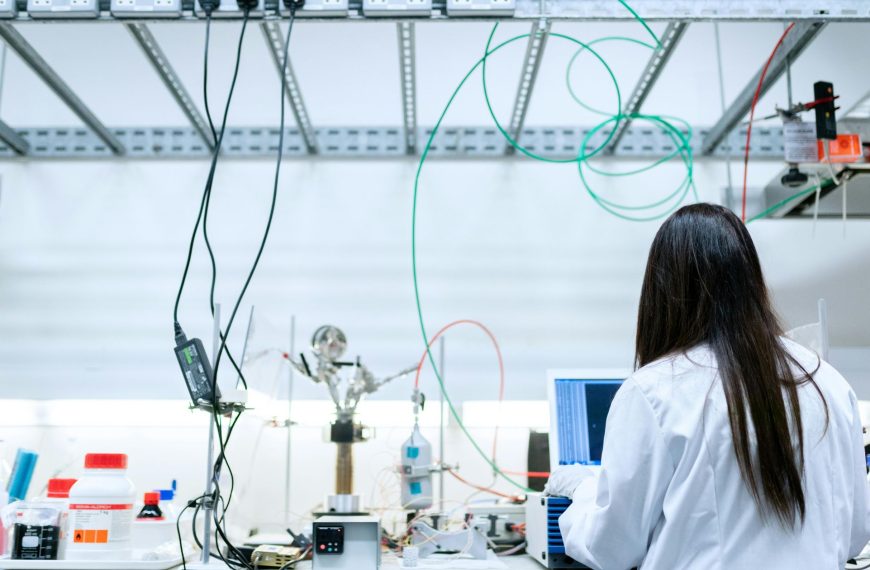A Looming Crisis for Luxury Brands?
In the escalating economic standoff between the United States and China, a new and insidious form of retaliation has emerged – one that threatens to upend the global luxury market. Beyond conventional tariffs and trade barriers, China appears to be leveraging counterfeit goods as a strategic tool, flooding international markets with high-quality imitations that erode brand value and consumer trust.
Platforms like TikTok have become conduits for this phenomenon, with Chinese manufacturers showcasing near-replica luxury items directly to consumers. These videos often depict products resembling those of esteemed brands such as Hermès and Birkenstock, offered at a fraction of the price. While many of these items are unbranded or subtly altered, they capitalise on the allure of luxury aesthetics, challenging traditional notions of authenticity and exclusivity.
This strategy not only undermines the intellectual property rights of luxury brands but also exploits the economic pressures faced by consumers amid rising prices and tariffs. The proliferation of counterfeit goods serves as a form of economic retaliation, targeting the very symbols of Western affluence and prestige.
The implications for luxury brands are profound. As counterfeit products become increasingly indistinguishable from genuine items, brands risk losing their aura of exclusivity and the trust of their clientele. Moreover, the financial impact is significant. In 2020 alone, U.S. Customs and Border Protection seized counterfeit luxury goods valued at nearly $1.3 billion, a figure that represents just a fraction of the global counterfeit market.
In this asymmetrical trade war, the battlefield extends beyond economics into the realms of culture and identity. Luxury brands must navigate this complex landscape by reinforcing their commitment to authenticity, investing in advanced anti-counterfeiting technologies, and engaging with consumers to reaffirm the value of genuine craftsmanship. Failure to do so may result in a dilution of brand equity and a loss of market share to counterfeiters who operate with impunity in the digital age.

An Unconventional and Asymmetrical Approach
In the heart of traditional trade, transparent tariffs and WTO‑sanctioned quotas stand as visible edicts of economic intent. Yet, China’s asymmetrical strategy awakens a new paradigm, that of the silent complicity in counterfeit proliferation, bypassing formal announcements and trading declarations for stealth economic offence. This approach mirrors guerrilla warfare’s ingenuity, employing covert tactics to destabilise adversaries while avoiding direct confrontation. By saturating markets with infringing products, this strategy fractures consumer trust and erodes brand value, inflicting collateral damage reminiscent of civilian hardship in asymmetrical conflict.
The arrival of counterfeit goods as a hidden weapon reshapes the future of trade disputes. Strategic ambiguity forces rivals to grapple with threats that lack clear declarations, upending conventional countermeasure frameworks. Simultaneously, the tide of fakes corrodes brand exclusivity and sows instability across entire supply‑chain ecosystems. As nations witness this hybrid model, blending overt tariffs with clandestine economic warfare, the established architecture of international commerce teeters on the brink, compelling policymakers to forge novel alliances and enforcement mechanisms.

Implications for Luxury Brands in a Changing Consumer Landscape
Luxury’s dazzling stronghold is under a dual assault: sophisticated counterfeits drain billions in revenue (up to 40% in certain markets), while shifting consumer values diminish the appeal of traditional prestige. In response, brands such as Louis Vuitton deploy global investigation units, and Gucci pioneers blockchain‑powered product passports through the Aura Consortium, complemented by RFID and AI validations. Yet, these innovations come at escalating cost, challenging luxury’s very foundations of scarcity and mystique.
Concurrently, Millennials and Gen Z reimagine luxury through the lens of sustainability and ethics. The Luxury Market Contagion (2024) report reveals a surging appetite for brands championing social responsibility over mere heritage. The NorthStar Consulting Luxury Consumer Goods Segments report details a decisive turn toward secondhand, non‑branded, and ethically produced alternatives, whether purchased knowingly or for the promise of genuine impact. Social media and online communities amplify these values, guiding global audiences toward accountability and authenticity. With tariffs complicating production and China hinting at counterfeit-friendly policies, luxury brands face an existential crossroads. They must accelerate legal, technological, and ethical innovation, reinventing authenticity for an era where trust, transparency, and purpose are the ultimate symbols of true luxury.
The Road Ahead
China’s masterful repurposing of counterfeit goods as a covert trade instrument marks a watershed moment in global economic strategy. This “shadow tactic” inflicts hidden losses, rewrites consumer expectations, and challenges the very tenets of brand prestige. As the luxury sector grapples with both this silent warfare and a booming ethos of sustainable, values-driven consumption, only those brands that fuse innovation with integrity will secure their place in history’s next chapter.
Yet, the stakes extend beyond market share. If left unchallenged, this fusion of counterfeit proliferation and shifting consumer values could redefine the essence of luxury itself. Brands that fail to adapt risk becoming relics of a bygone era, overshadowed by more agile, ethically aligned competitors. The time has come for industry leaders to confront these challenges head-on, embracing transparency, sustainability, and innovation as the new pillars of prestige. In this pivotal moment, the luxury sector must respond and lead, setting a course that reaffirms its relevance and resilience in an ever-evolving global landscape.
NorthStar Consulting delivers actionable intelligence through advanced, data-driven analytics. Subscribe to The Pulse for up-to-the-minute updates on emerging technologies.




